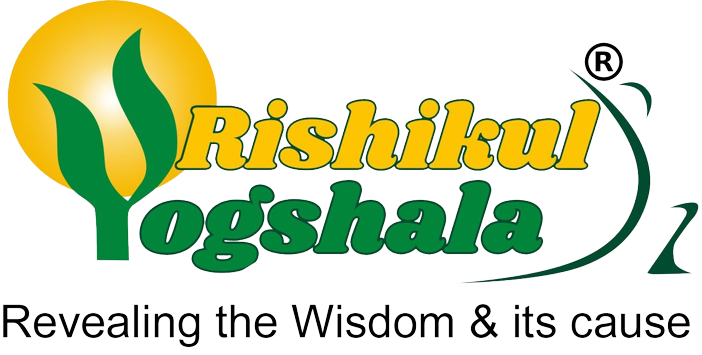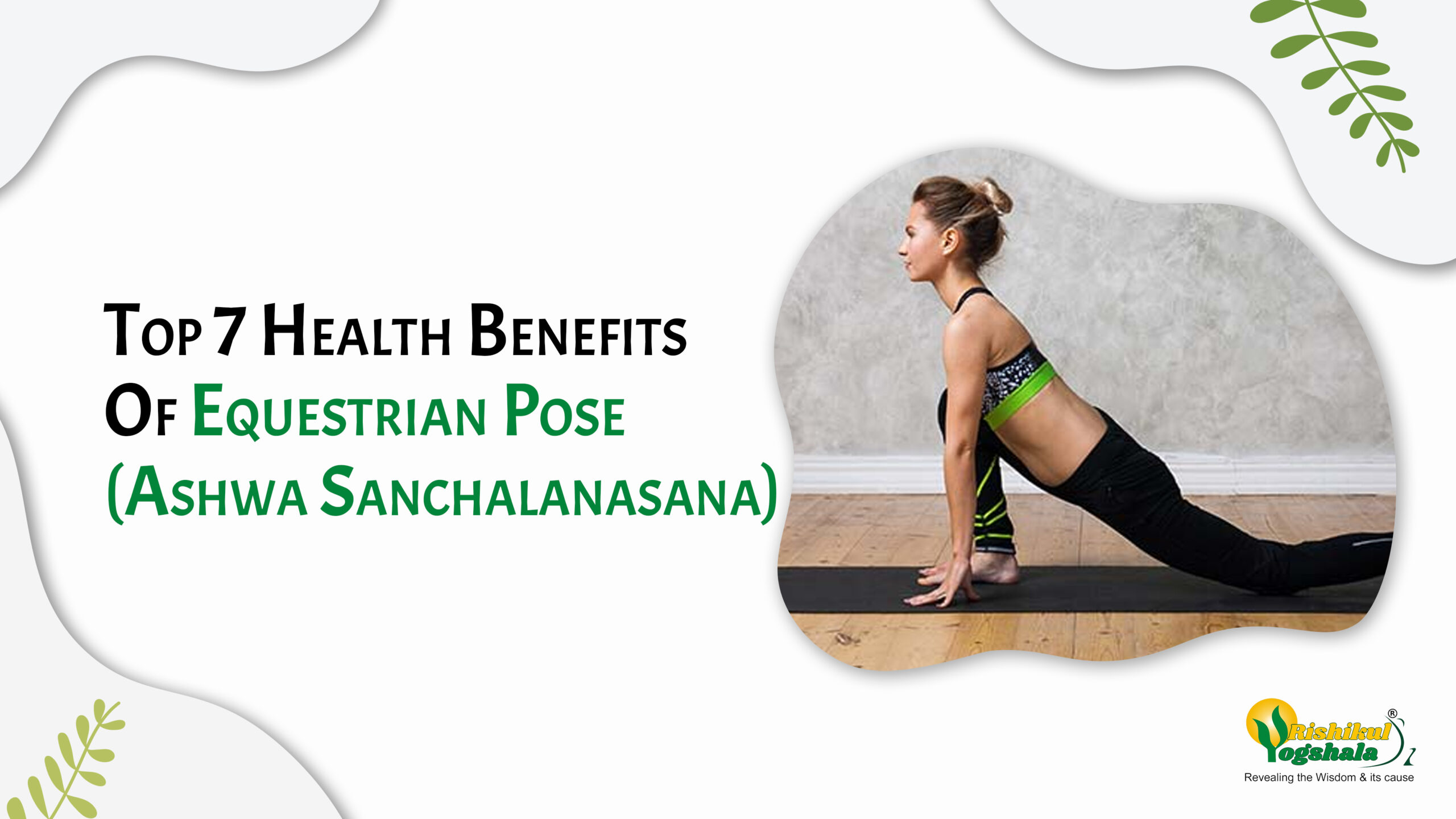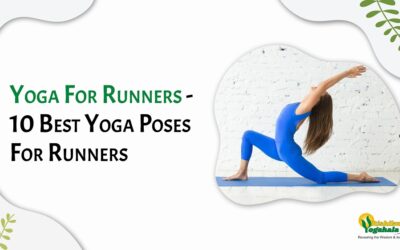Equestrian Pose, called Ashwa Sanchalanasana in Sanskrit, is considered to be the fourth position in the practice of Surya Namasakaraor sun salutations. The etymological roots of the Sanskrit word denote that “Ashwa” means “Horse” and “Sanchalan” precisely means “movement or stepping”. The asana imitates the image of a horse’s movement, hence the name. It is also called Lunge pose and is often categorized under the balancing postures. The study of its origins suggests that the asana is a discovery of modern yoga in the 20th century and was brought into the field through Indian martial arts.
Read Also: How to do Suryanamaskar ?
The health benefits of the equestrian pose are so wholesome and rich that nothing could stop you from delving into a dedicated practice of this asana. To help you out, we bring to you in-depth information of the pose i.e. its benefits, how to do it, and things to keep in mind before practicing it.
How to do Ashwa Sanchalanasana or Equestrian Pose
- Stand with your feet together. Take a forward bend by bending your left knee and take the right leg behind.
- Put your hands at the sides and place your palms flat on the floor.
- Keep your right leg straight by lacing your right foot and knee on the floor. Then try arching your back while pushing your chest in the forward direction.
- You can also choose to straighten your right leg without making your knee touch the floor. You can balance your right leg by placing your toes on the floor. Push your chest forward and keep lifting it.
- Try to push your left knee as forward as possible for you and then lift your head and place your vision in front of you.
- Take in a deep breath, hold it and then exhale as you come out of this asana.
- Now, repeat with the other leg bent forward.
Benefits of the Equestrian Pose
- Strengthening of the back
When you perform this asana, you bring your body to a position that stretches your back and therefore your spine is elongated. Since it is one of the balancing postures, a regular practice of this pose creates enough pressure on your back muscles by this stretching and therefore helps in maintaining a body balance. The pressure then, in turn, increases the strength of your back. This impact on your spine and back can help you deal with any sort of back pain you’ve been experiencing and help to incur medical conditions like spondylitis. - Relieving and strengthening of muscles
The involvement of your lower body, especially your legs, prepares your leg and ankle joints to endure pressure and therefore, strengthens it. As it trains your muscles it also helps up in relieving any kind of pressure and tension gathered up in your groin and hips. It is also believed that a regular practice of this asana helps in beating menstrual cramps experienced by women. - Improves heart and lung capacity
The pushing forward of the chest and the simultaneous breathing process strengthens the muscles of your chest and also helps in the opening up of it. It helps in stimulating the cardiovascular organs and this, in turn, enhances the blood flow and lung capacity. - Improves digestion and metabolism
The involvement of the torso results in the stimulation of the digestive tract and therefore improves and refines the secretion of the digestive juices. This in turn has a positive impact on the body metabolism which helps in detoxifying it as well as ensuring that it remains well in shape. - Cardio training and metabolism
It is important to realize that this yoga asana involves an extensive involvement of your body muscles. Therefore, if you’re looking for good cardio training, then this is the perfect asana for you. If carried out on a faster pace and also consistently, it can help you tone your thighs and hips and also help you get those abs you’ve been dreaming of. It also gives flexibility to your body and improves your posture. - Maintains your skin’s glow
The impact of this asana on the heart and blood flow in turn, has an impact on the freshness, rejuvenation and glow of your skin. Healthy blood circulation keeps your skin young and new. It also tightens it and makes it firm, saving it from all the premature wrinkles. - Positive emotional and psychological impact
The Breathing involved in performing this asana is capable of giving a very relaxing and relieving feeling. As the muscles of your body start opening up, the exhalation calms your body and helps in removing all the clustered thoughts from your mind. This in turn helps you reach a state of calmness mindfulness and tranquillity. It also helps in the balancing of emotions and refining your mental and creative capabilities.
Precautions and contraindications of the Equestrian Pose
- Avoid this pose entirely if you have any severe knee injury. If you have a mild knee injury, then practice this position by resting your back knee on the floor.
- If you face any discomfort in your neck while keeping your gaze in the forward direction then you can try looking at the floor down below you.
- Pregnant ladies should avoid this asana. However if one is a regular yoga practitioner it can be practiced by keeping both hands on the inside of the front foot and mildly straightening the back leg. The back leg should be straightened only if it can be done easily, without any discomfort.
Now that you’re enlightened with all that you need to know about this pose, you can now allow your body to have a healthy and positive experience of Ashwa Sanchalanasana.




